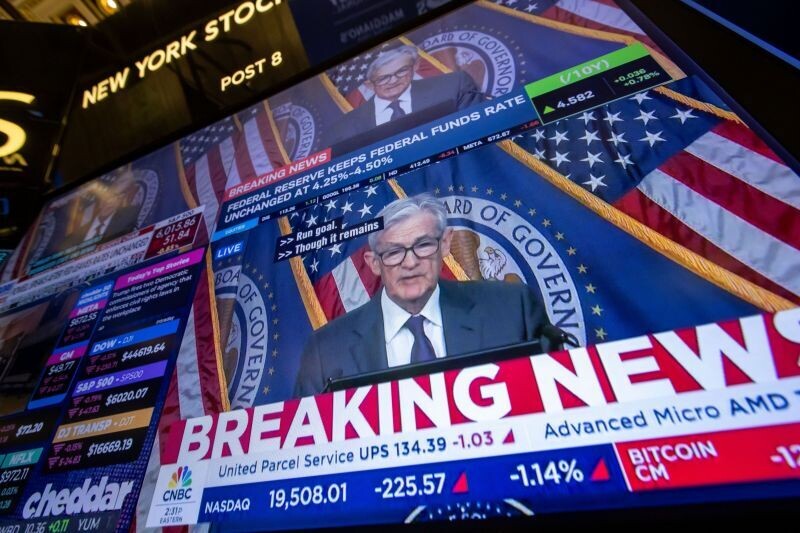
The U.S. Treasury yield curve is becoming increasingly relevant as it sets the floor for the cost of financing in dollars, as explained by analysts at Puente. On the other hand, the Federal Reserve's decisions are crucial for Argentine bonds. Although the Fed decided not to change interest rates at its last meeting, Chairman Powell indicated that the United States has experienced the worst inflation in its history in recent years.
In a moment of tension between U.S. President Donald Trump and Jerome Powell, head of the Federal Reserve, regarding interest rates, expectations in global markets are rising. After the Fed paused the interest rate reduction and kept them in a range of 4.25% to 4.50%, Trump strongly criticized this decision.
Trump mentioned that if the Federal Reserve had focused less on issues like diversity, equity, and inclusion, green energy, and what he considers "false climate change," inflation would not have been a problem. He also expressed that the Fed should evaluate the policies of the new government before making decisions.
The Fed's decision to maintain rates has caused a shift in investor perception. The Fed indicated that inflation remains high, which has impacted confidence in the convergence that was occurring. In this sense, Argentine bonds have not suffered a significant effect, as the maintenance of rates was expected.
Trump has criticized the Fed for its performance in banking regulation and announced that the Treasury will eliminate unnecessary regulations. This has caused a partial increase in Treasury yields and downward pressure on stock indices.
The Federal Reserve has decided to maintain the benchmark interest rate, eliminating references to progress in inflation toward its 2% target and highlighting the strength of the labor market in recent months. This "hawkish" tone from the Fed points to a more gradual reduction in interest rates.














